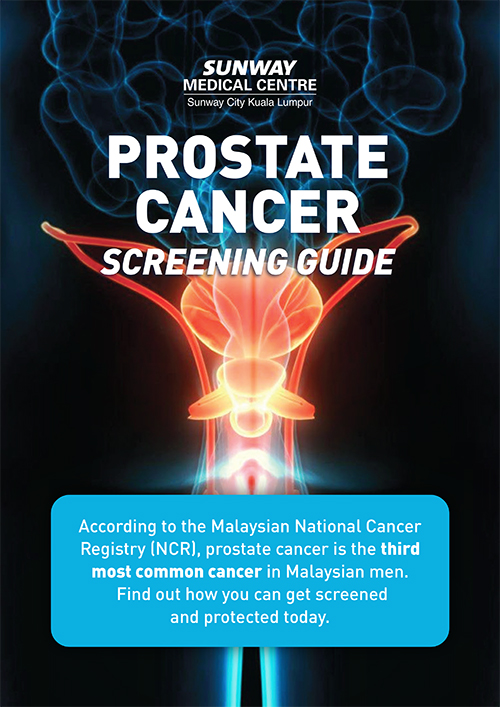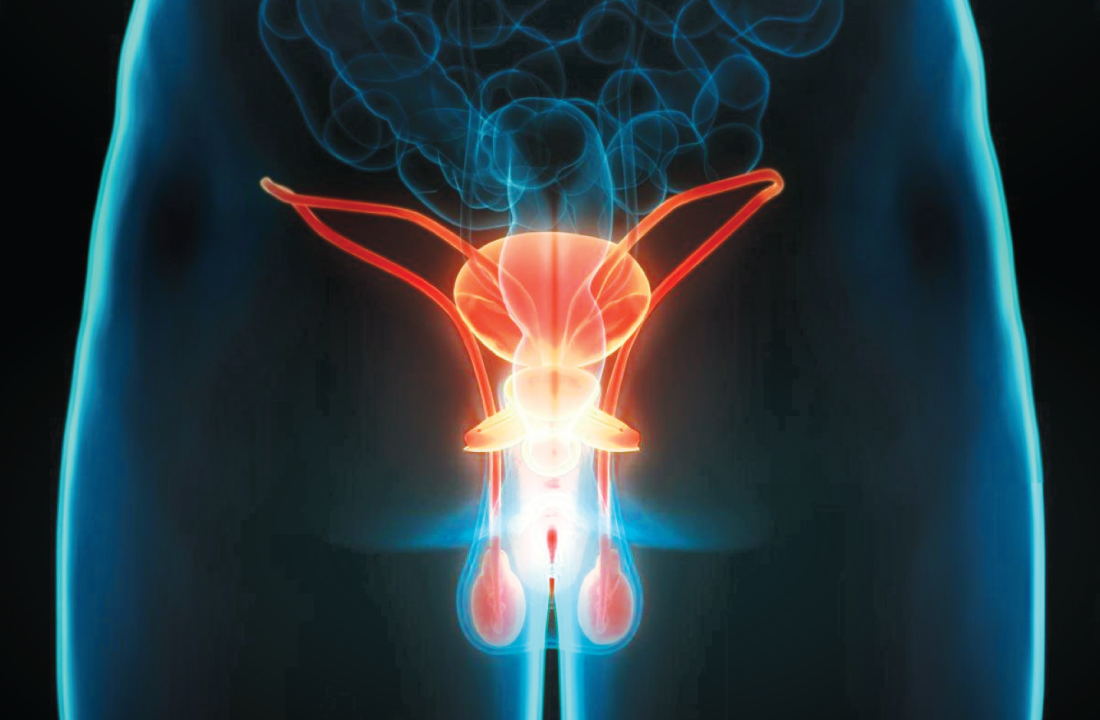
Prostate Cancer
Screening Guidelines
According to the Malaysian National Cancer Registry (NCR), prostate cancer is the third most common cancer in Malaysian men. Find out how you can get screened and protected today.
Benefits of Prostate Cancer Screening
Early Detection
Screening can detect prostate cancer before symptoms develop, allowing for timely treatment and better chances of successful outcomes.
Reduced Mortality
Finding prostate cancer early may lower the risk of death, though the overall benefit depends on how aggressive the cancer is.
Informed Decision-Making
Screening gives men the information they need to explore treatment options and make decisions that suit their health and preferences.
Potential to Prevent
Advanced Disease
Detecting cancer early can help prevent it from spreading, improving survival and quality of life.
Who Should Consider Prostate Cancer Screening?

Those aged 50+ or earlier with risk factor

Those with family history of prostate cancer

Men of African descent, who have higher risk

Those with inherited genetic mutations like BRCA1 or BRCA2

Those with unhealthy lifestyle habits, such as poor diet or lack of exercise
Signs & Symptoms of Prostate Cancer
In the early stages, prostate cancer may not present noticeable symptoms. As the disease progresses, symptoms may arise, including:

Frequent urination,
especially at night.
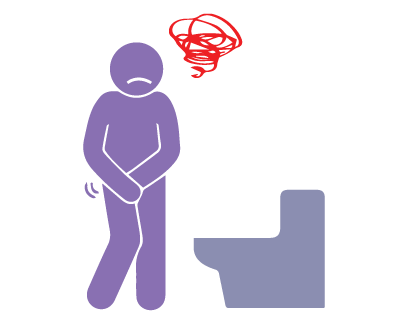
Weak or interrupted urine flow
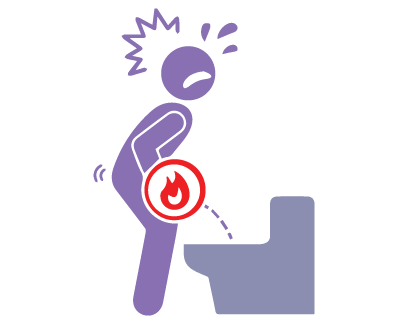
Painful or burning urination
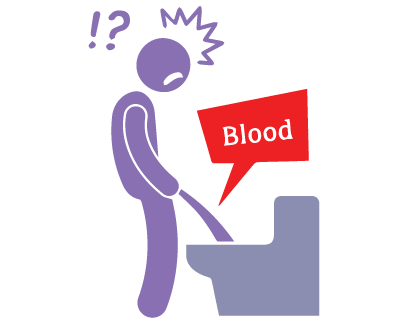
Blood in the urine or semen
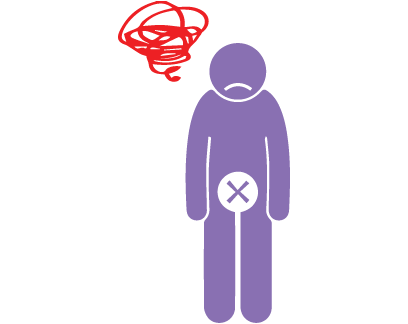
Erectile dysfunction

Pain in the back, hips, or pelvis, which could indicate the cancer has spread
It is important to note that these symptoms can also be caused by benign conditions, such as benign prostatic hyperplasia (BPH) or urinary tract infections (UTIs).
Therefore, the presence of symptoms does not necessarily indicate cancer, but it warrants further investigation.
Prostate Cancer Screening Methods
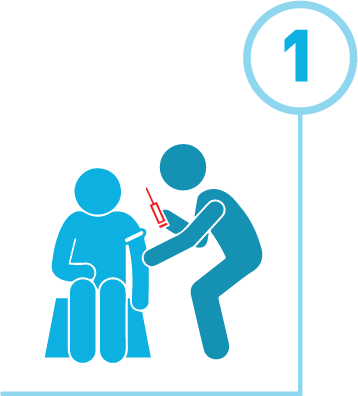
Blood test for Prostate-Specific Antigen (PSA)
A blood test that measures PSA levels, which may be higher in men with prostate cancer
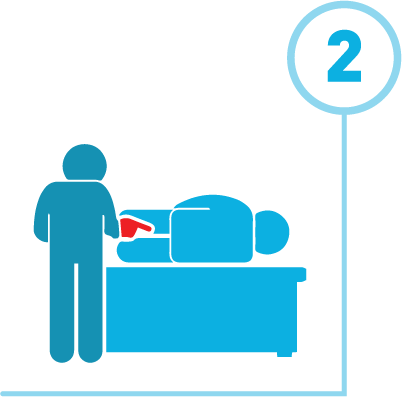
Digital Rectal Examination (DRE)
A quick physical exam where a doctor checks the prostate for abnormalities
Next Steps After a Positive Screening
Further Diagnostic Testing |
|---|

BiopsyConfirms cancer by examining prostate tissue samples 
Imaging TestsMRI, CT, or bone scans check if cancer has spread beyond the prostate |
Further Diagnostic Testing |
|---|

Once confirmed, prostate cancer is staged (I–IV) to guide treatment and determine how far it has spread. |
Treatment Options
Active Surveillance
Low-risk cancers may be monitored with regular tests and treated only if they progress
Surgery
Prostate removal surgery is an option for localised cancer, especially in younger, healthier men
Radiotherapy
Radiation is used to treat prostate cancer that is localised or has spread nearby
Hormonal Therapy
Hormonal therapy lowers testosterone to slow the growth of advanced prostate cancer
Chemotherapy
Chemotherapy helps treat prostate cancer that has spread beyond the prostate
Focal Therapy
A minimally invasive treatment to destroy cancer cells while preserving normal prostate tissue, e.g., NanoKnife
Prostate Cancer
Screening Guidelines
Click to Download PDF
